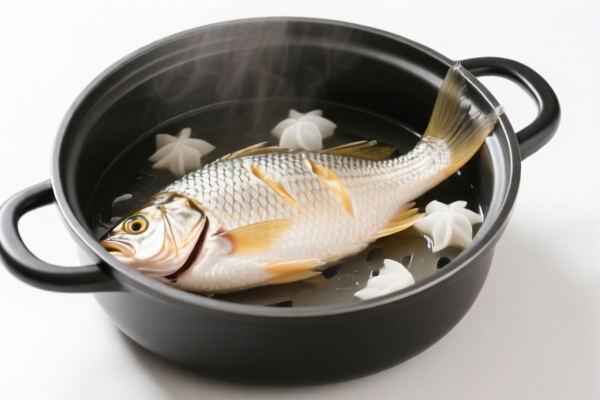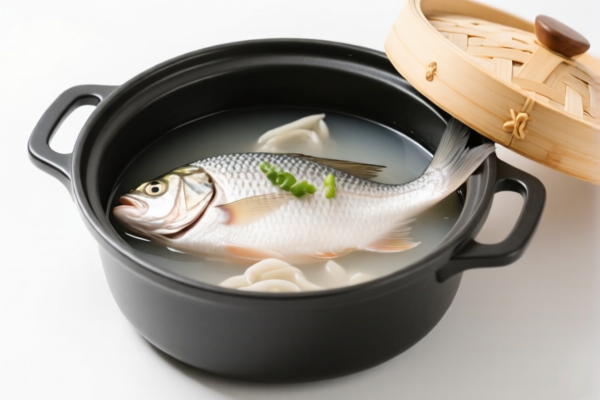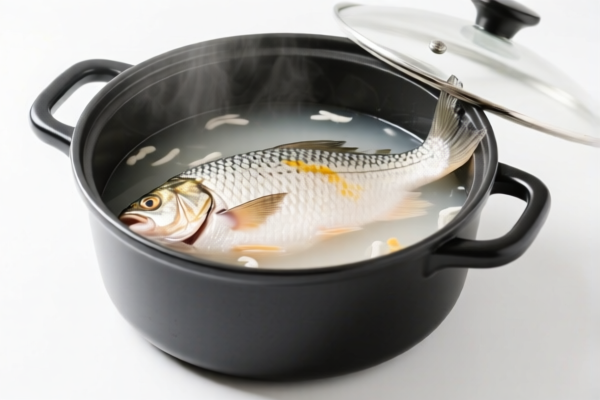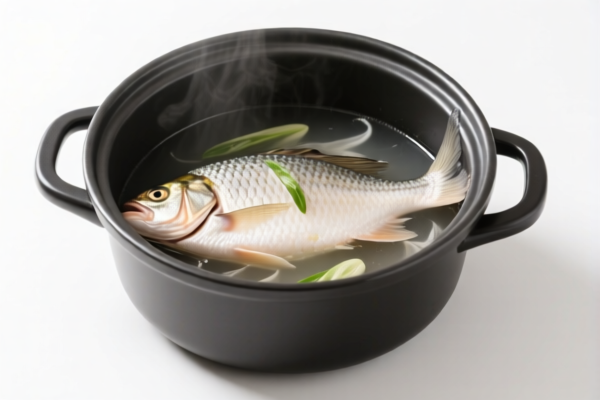| HS Code | Official Doc | Tariff Rate | Origin | Destination | Effective Date |
|---|---|---|---|---|---|
| 7323930060 | Doc | 57.0% | CN | US | 2025-05-12 |
| 7323930045 | Doc | 57.0% | CN | US | 2025-05-12 |
| 9617001000 | Doc | 37.2% | CN | US | 2025-05-12 |
| 9617003000 | Doc | 36.9% | CN | US | 2025-05-12 |




Boiling Pot
A boiling pot is a container used for heating liquids, typically water, to its boiling point, and maintaining that temperature for various purposes. It is a fundamental cooking and laboratory tool.
Material
Boiling pots are constructed from a variety of materials, each offering different properties:
- Stainless Steel: The most common material due to its durability, resistance to corrosion, non-reactivity with foods, and ease of cleaning. Different grades of stainless steel exist, impacting cost and quality.
- Aluminum: Lightweight and an excellent heat conductor, but can react with acidic foods and may impart a metallic taste. Often anodized to prevent reactivity.
- Copper: Provides very precise temperature control due to its excellent conductivity, but is expensive and requires polishing to maintain its appearance. Often lined with tin or stainless steel to prevent copper leaching into food.
- Cast Iron: Retains heat exceptionally well, suitable for long simmering, but is heavy and requires seasoning to prevent rusting.
- Enamelware: Steel or cast iron coated with porcelain enamel. Offers good heat retention and is non-reactive, but can chip or crack.
- Glass: Primarily borosilicate glass, heat-resistant and allows for visual monitoring of contents, but is fragile and not suitable for rapid temperature changes.
Purpose
The primary purpose of a boiling pot is to bring liquids to a boil, but its applications are diverse:
- Cooking: Boiling pasta, vegetables, soups, stews, sauces, and other dishes.
- Laboratory: Heating chemicals for experiments, sterilization of equipment, preparing solutions.
- Cleaning/Disinfection: Boiling water for sanitizing items.
- Food Preservation: Hot water bath canning.
Function
Boiling pots function by transferring heat from a heat source (stove, hot plate, immersion heater) to the liquid within. Key functional aspects include:
- Heat Transfer: Efficiently conducting heat to the liquid.
- Heat Retention: Maintaining the liquid at a consistent temperature.
- Capacity: Holding a specific volume of liquid.
- Stability: Remaining stable during heating and handling.
Usage Scenarios
- Home Kitchens: Everyday cooking tasks.
- Restaurants & Commercial Kitchens: Large-scale food preparation.
- Laboratories: Scientific experiments and procedures.
- Camping/Outdoor Cooking: Boiling water for beverages and food.
- Canning/Preserving: Creating shelf-stable food products.
Common Types
- Stockpot: Tall, cylindrical pot with two handles, designed for making stocks, soups, and broths. Typically larger capacity (8 quarts and up).
- Saucepot: Smaller, with one long handle, used for sauces, heating liquids, and small portions.
- Dutch Oven: Heavy-bottomed pot with a tight-fitting lid, suitable for slow cooking, braising, and baking. Can be used on stovetops or in ovens.
- Pasta Pot: Tall pot with a strainer lid for draining pasta.
- Pressure Cooker: A sealed pot that uses pressure to cook food quickly.
- Immersion Circulator Pot: Designed for use with immersion circulators, often with precise temperature control features.
- Laboratory Beaker/Flask: Glass containers specifically designed for laboratory use, available in various sizes and shapes.
Based on the provided information, a “boiling pot” falls under the category of kitchenware made of iron or steel. Here's a breakdown of relevant HS codes:
- 7323.93.00.60: This HS code covers tables, kitchen or other household articles and parts thereof, of iron or steel; iron or steel wool; pot scourers and scouring or polishing pads, gloves and the like, of iron or steel: Other: Of stainless steel Cooking and kitchen ware: Other: Kitchen ware. The basic tariff is 2.0%, with no additional tariff currently, but a 30.0% additional tariff will apply after April 2, 2025, plus a 25% additional tariff on steel and aluminum products. The total tariff rate is 57.0%.
- 7323.93.00.45: This HS code also covers tables, kitchen or other household articles and parts thereof, of iron or steel; iron or steel wool; pot scourers and scouring or polishing pads, gloves and the like, of iron or steel: Other: Of stainless steel Cooking and kitchen ware: Other: Cooking ware: Other. The basic tariff is 2.0%, with no additional tariff currently, but a 30.0% additional tariff will apply after April 2, 2025, plus a 25% additional tariff on steel and aluminum products. The total tariff rate is 57.0%.
Explanation of HS Code Structure (based on provided information):
- 73: This chapter covers articles of iron or steel.
- 23: This heading specifically covers tables, kitchen or other household articles and parts thereof, of iron or steel.
- 93: This subheading covers other articles within the broader category.
- 00.60 / 00.45: These further specify the material (stainless steel) and type of kitchenware (kitchen ware / cooking ware).
Important Note: Both HS codes 7323.93.00.60 and 7323.93.00.45 have a 30.0% additional tariff scheduled to take effect after April 2, 2025, and are subject to a 25% additional tariff on steel and aluminum products. It is crucial to consider the material composition of the boiling pot to determine the correct classification and applicable tariff rates.
Customer Reviews
No reviews yet.